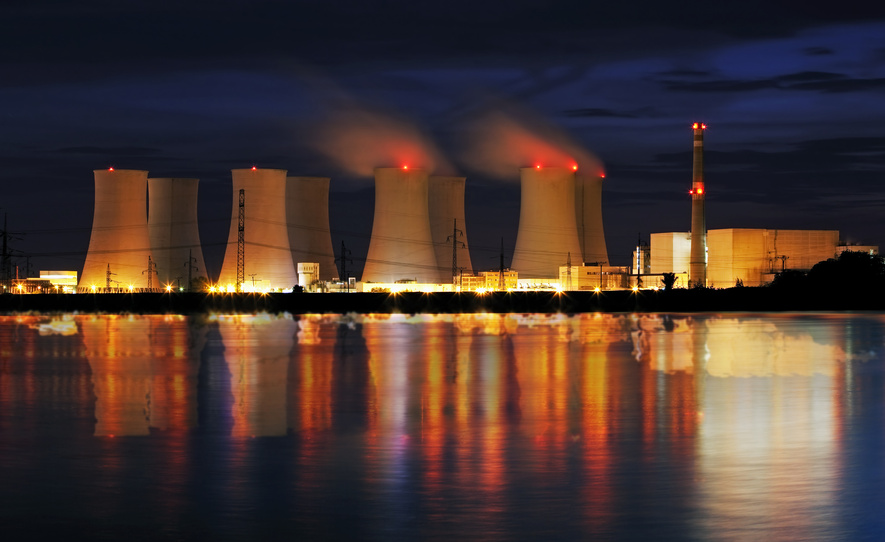
A cooling tower is a heat removal device that is used to transfer wasted heat into the atmosphere. These water cooling towers may use either the evaporation of water to remove the heat and cool the air or they may rely solely upon the air to cool the area. Different processes are used by different cooling tower manufacturers.
The first cooling tower systems originated in the 19th century when condensers were used with the steam engine. They need relatively cool water in order to condense the steam that’s coming out of the pistons or turbines. This is because it will help to reduces both the steam consumption and the fuel consumption while still increasing power and recycling boiler water. In order for this to work properly an ample amount of cooling water needs to be present. Therefore, the first cooling tower systems were created to take care of this issue.
Today’s evaporative cooling towers are used for cooling the circulating water that’s used in oil refineries, petrochemical and other chemical plants. This is also necessary in thermal power stations. Furthermore evaporative cooling towers are also used by HVAC systems to cool buildings.
Considering the many uses of evaporative cooling towers today, it should come as no surprise that they’re available in a variety of sizes, ranging from small units that are found on the top of roofs to very large hyperboloid structures that are up to 200 meters tall and 100 meters in diameter. There are also rectangular shaped evaporative cooling towers that are over 40 meters tall and 80 meters long. Oftentimes hyperboloid cooling towers are associated with nuclear power plants but they can also be used by large chemical and industrial plants as well. While these large towers are very prominent, most evaporative cooling towers are actually a lot smaller, such as those that are located by buildings.